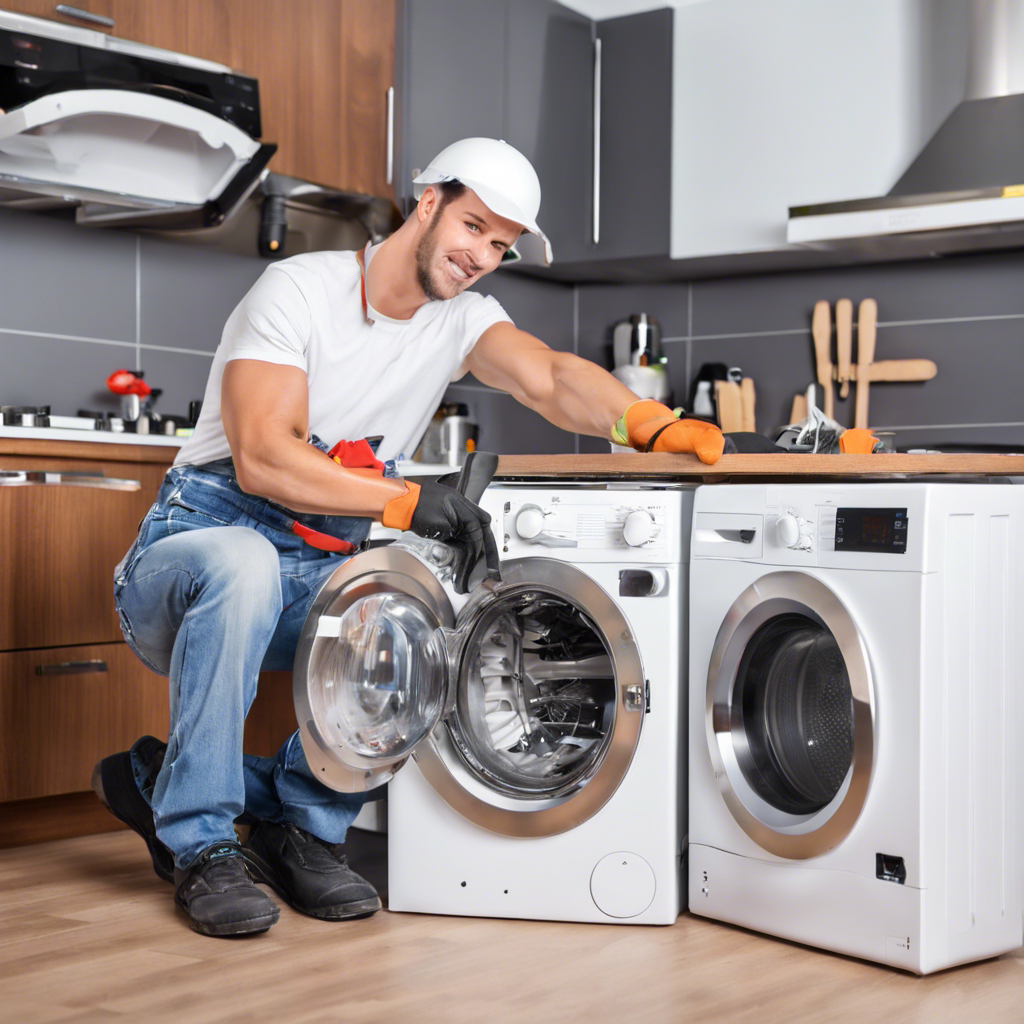Home appliances play a crucial role in our daily lives, making household tasks more convenient and efficient. However, appliances are prone to wear and tear over time, leading to common issues such as malfunctions, breakdowns, and performance problems. While professional appliance repair services are available, many minor issues can be resolved through DIY repairs, saving time and money. In this blog, we will explore common appliance issues that homeowners may encounter and provide step-by-step instructions on how to troubleshoot and fix them on your own.

Section 1: Essential Tools for DIY Appliance Repair
- Screwdriver set: Essential for removing screws and accessing internal components of appliances.
- Multimeter: Used to test electrical circuits, check for continuity, and diagnose electrical issues.
- Pliers: Useful for gripping, bending, and manipulating wires and components.
- Appliance repair manual: Provides detailed instructions, diagrams, and troubleshooting tips for specific appliance models.
- Safety gloves and goggles: Important for protecting your hands and eyes while working on appliances.
Section 2: Common Appliance Issues and Solutions
- Refrigerator: Issue: Refrigerator not cooling properly Solution: Check the condenser coils for dust and debris, clean them with a brush or vacuum, and ensure proper airflow. Issue: Ice buildup in the freezer Solution: Defrost the freezer by unplugging the appliance, removing food, and using a hairdryer to melt the ice buildup.
- Washing Machine: Issue: Washer not draining or spinning Solution: Check the drain hose for clogs or kinks, clean the filter, and inspect the pump for obstructions. Issue: Washer leaking water Solution: Inspect the water inlet valve, hoses, and door seal for leaks, and replace damaged components as needed.
- Oven and Stove: Issue: Oven not heating evenly Solution: Calibrate the oven temperature, check the heating elements, and clean the oven cavity and door seal. Issue: Gas stove burner not igniting Solution: Clean the burner ports, check the igniter for continuity, and replace the igniter if faulty.
- Dishwasher: Issue: Dishwasher not draining Solution: Check the drain hose for clogs, clean the filter, and inspect the drain pump for obstructions. Issue: Dishes not coming out clean Solution: Clean the spray arms, check the water inlet valve and detergent dispenser, and run a cleaning cycle with vinegar.
- Dryer: Issue: Dryer not heating Solution: Check the heating element, thermal fuse, and thermostat for continuity, and replace faulty components. Issue: Dryer making loud noises Solution: Inspect the drum support rollers, idler pulley, and belt for wear and tear, and replace worn parts.
Section 3: Safety Tips for DIY Appliance Repair
- Unplug the appliance before starting any repairs to prevent electrical shocks.
- Wear safety gloves and goggles to protect your hands and eyes from sharp edges and electrical components.
- Follow the manufacturer’s instructions and safety guidelines provided in the appliance repair manual.
- Use caution when working with gas appliances to avoid leaks and potential hazards.
- If you are unsure about a repair or encounter a complex issue, seek professional assistance to avoid further damage or injury.
DIY appliance repair can be a cost-effective and rewarding way to troubleshoot and fix common issues with your home appliances. By equipping yourself with the necessary tools, knowledge, and safety precautions, you can confidently tackle minor repairs and maintenance tasks to keep your appliances running smoothly. Remember to follow the troubleshooting steps, consult appliance repair manuals, and seek professional help when needed to ensure the safety and proper functioning of your appliances. With a little effort and know-how, you can extend the lifespan of your appliances, save money on repairs, and enjoy the satisfaction of mastering DIY home appliance repair.